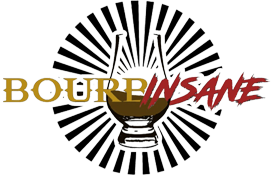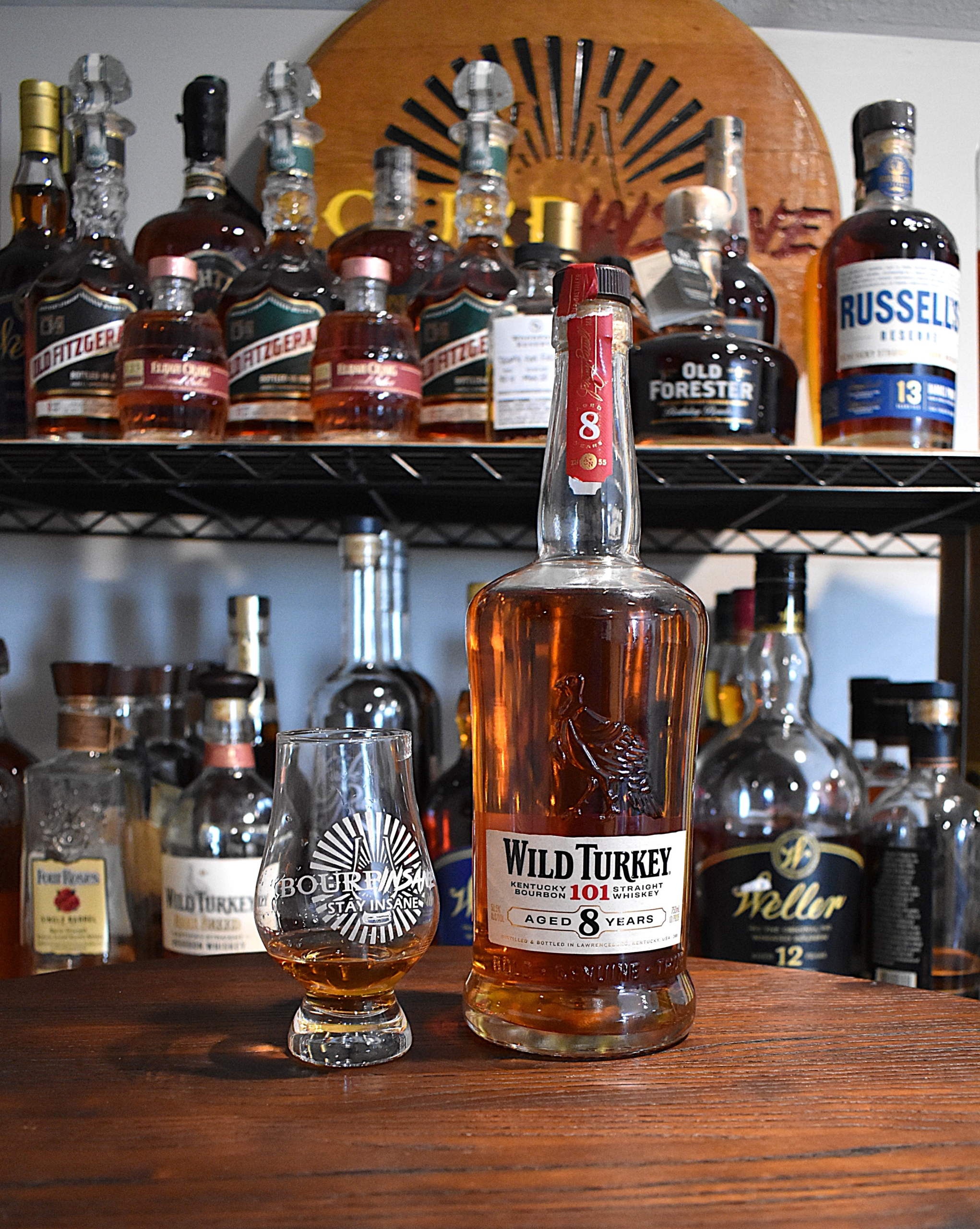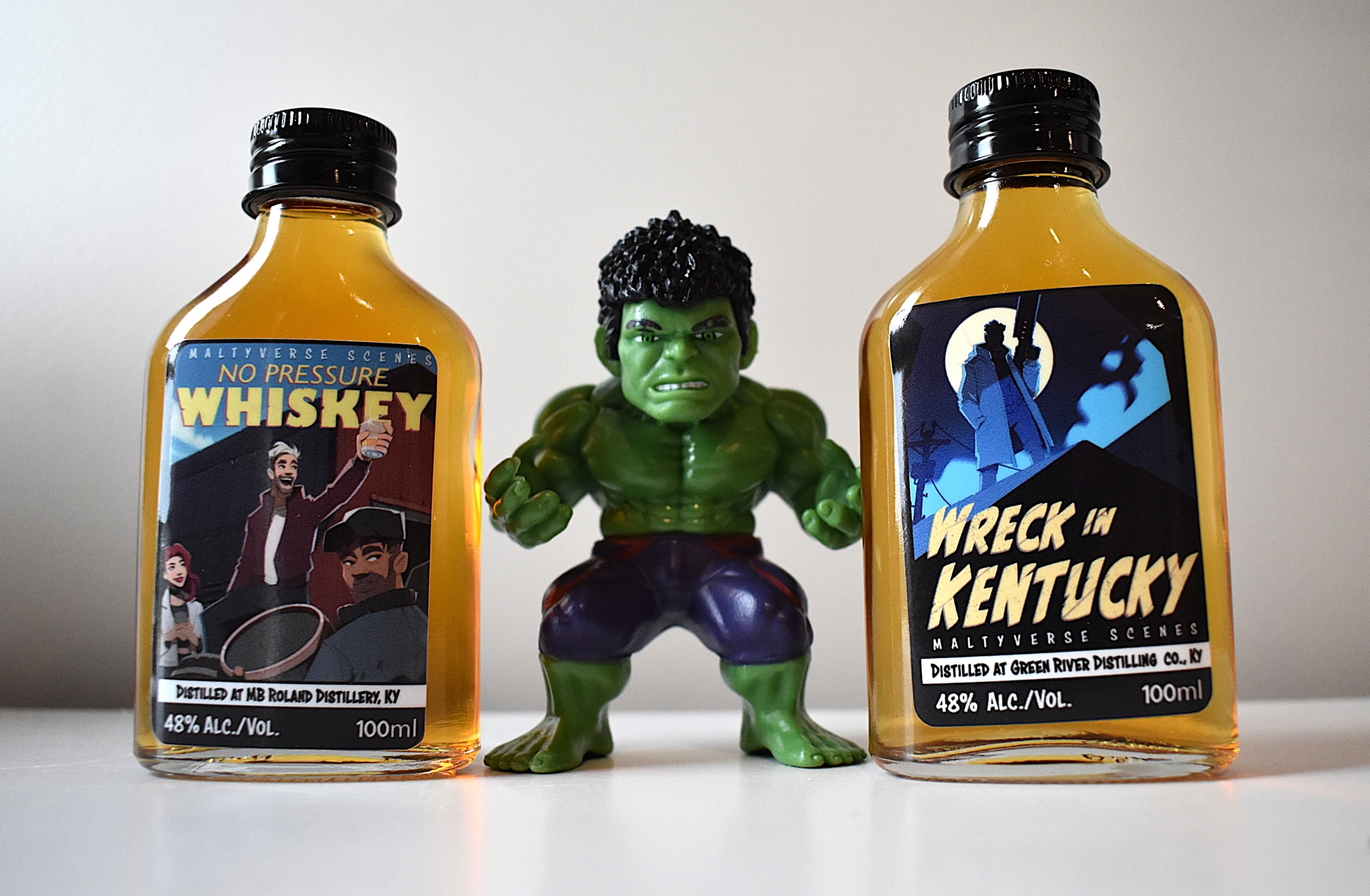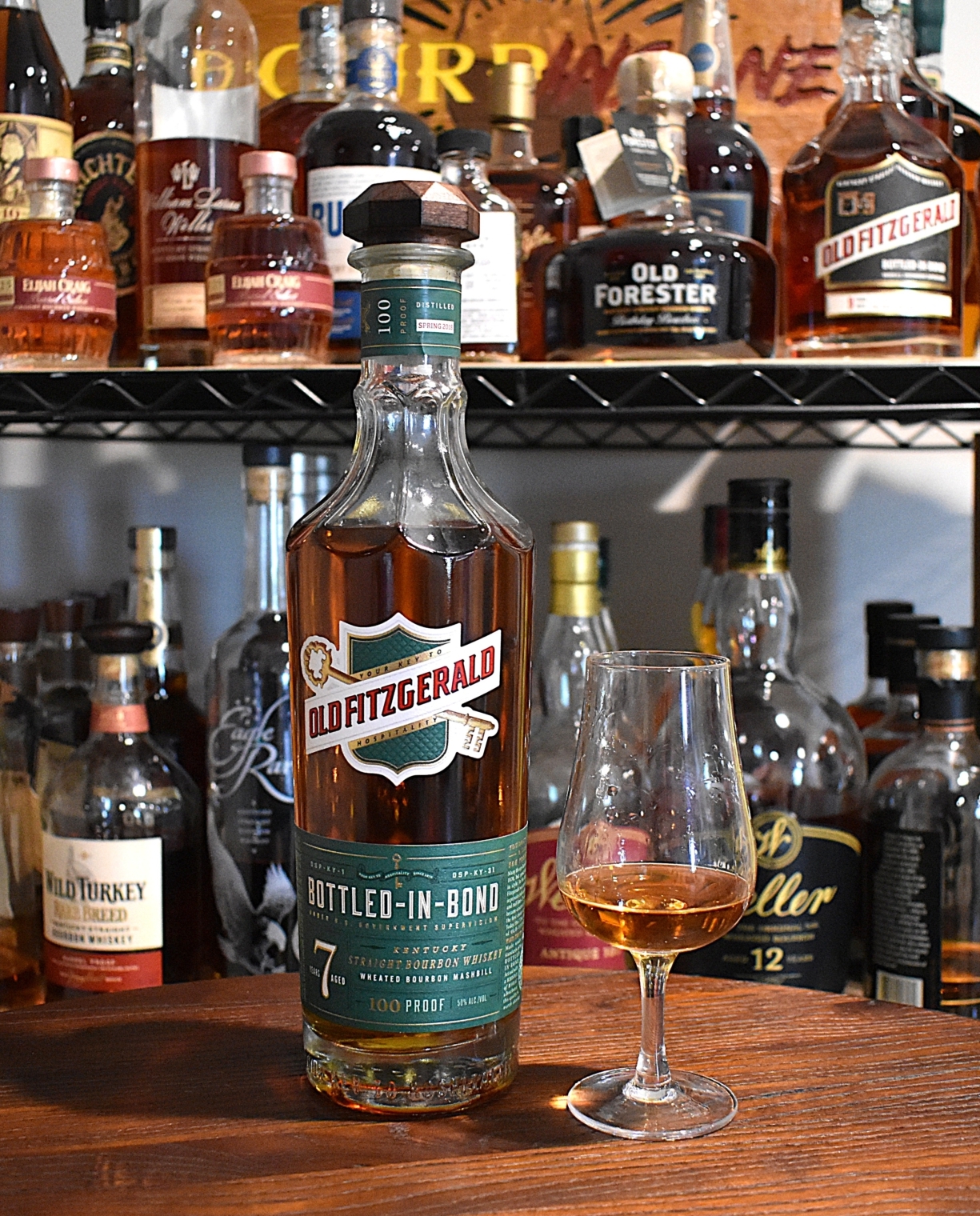Bourbon vs. Scotch: Understanding the Key Differences
Table of Contents
Toggle
Introduction
Table of Contents
ToggleWhiskey enthusiasts around the world often debate the differences between bourbon and Scotch. While both are beloved spirits with deep-rooted traditions, they have distinct characteristics in terms of ingredients, production processes, aging requirements, and flavor profiles. Whether you’re a bourbon lover or a Scotch aficionado, understanding these differences can enhance your appreciation of both styles. In this comprehensive guide, we’ll break down everything you need to know about bourbon vs. Scotch.
Origin and Geographic Distinctions
One of the most fundamental differences between bourbon and Scotch is their place of origin.
-
- Bourbon: Must be made in the United States, with Kentucky being the most famous producer. However, bourbon can legally be made anywhere in the U.S.
- Scotch: Must be produced in Scotland and follows strict legal guidelines to maintain its authenticity. Scotch whisky is often associated with different regions such as the Highlands, Lowlands, Speyside, and Islay, each imparting unique characteristics to the spirit.
Ingredients and Mash Bill
The composition of grains used in whiskey production has a significant impact on the final product.
- Bourbon: By law, bourbon must be made from at least 51
 % corn. The remaining percentage typically consists of rye, wheat, and malted barley. The high corn content gives bourbon its signature sweetness.
% corn. The remaining percentage typically consists of rye, wheat, and malted barley. The high corn content gives bourbon its signature sweetness. - Scotch: Made primarily from malted barley (Single Malt Scotch) or a blend of grains (Blended Scotch). The absence of corn in Scotch production results in a less sweet and more complex flavor profile.
Distillation Process
Bourbon and Scotch are distilled differently, contributing to variations in texture and flavor.
- Bourbon: Typically distilled in column stills and then aged in new, charred oak barrels. Bourbon is usually distilled to no more than 160 proof and entered into barrels at no more than 125 proof.
- Scotch: Most Single Malt Scotch whiskies are distilled twice in pot stills, with some undergoing triple distillation for added smoothness. The slower distillation process and different still shapes influence the final product’s complexity.
Aging and Maturation
Both spirits undergo aging in oak barrels, but there are key distinctions.
- Bourbon: Must be aged in new, charred American oak barrels for a minimum of two years (though most premium bourbons age for at least four years). The fresh oak imparts bold vanilla, caramel, and oak flavors.
- Scotch: Aged in used barrels, often previously containing bourbon or sherry, for a minimum of three years. This leads to a more diverse range of flavors influenced by the previous barrel contents.
Flavor Profile
Due to differences in ingredients, production, and aging, bourbon and Scotch have distinct taste profiles.
- Bourbon: Characterized by its rich sweetness, caramel, vanilla, and oak flavors. Depending on the mash bill, some bourbons have additional spicy (rye-heavy bourbons) or soft and smooth (wheat-heavy bourbons) notes.
- Scotch: Offers a more complex and diverse range of flavors, influenced by its region.
- Highland Scotch: Fruity, floral, and slightly smoky.
- Speyside Scotch: Rich with honey, apples, and light spice.
- Islay Scotch: Strongly peated, with bold smoke and maritime notes.
- Lowland Scotch: Light-bodied with a soft, grassy, and citrusy profile.
Bourbon vs. Scotch Comparison Table
| Category | Bourbon | Scotch |
|---|---|---|
| Origin | Must be made in the U.S. (primarily Kentucky) | Must be made in Scotland |
| Main Ingredients | At least 51% corn, with rye, wheat, and malted barley | Mostly malted barley (Single Malt) or grain blend |
| Distillation | Distilled in column stills (mostly) | Mostly distilled in pot stills |
| Aging Requirements | Aged in new, charred American oak barrels for at least 2 years | Aged in used barrels (often bourbon or sherry casks) for at least 3 years |
| Typical Flavor Profile | Sweet, caramel, vanilla, oak, sometimes spicy | Varies by region; can be fruity, floral, smoky, or peaty |
| Peat & Smoke | Rarely smoky | Often smoky and peaty (especially Islay Scotch) |
| Alcohol Content | Minimum 80 proof (40% ABV), barrel entry max 125 proof (62.5% ABV) | Minimum 80 proof (40% ABV), some cask-strength versions exceed 120 proof |
| Price Range | More affordable ($30-$50 for high quality, premium options $100+) | More expensive due to import costs and aging requirements |
| Best Cocktails | Old Fashioned, Manhattan, Whiskey Sour, Mint Julep | Rob Roy, Rusty Nail, Blood and Sand, Scotch & Soda |
Peat and Smoke: A Defining Difference
One of the biggest differentiators is the presence of peat smoke in many Scotch whiskies.
- Bourbon: Rarely has a smoky flavor because peat is not used in the drying process of its grains.
- Scotch: Often features peaty, smoky flavors, particularly in Islay and some Highland expressions, due to the use of dried peat during the malting process.

Alcohol Content and Bottling Strength
Both bourbon and Scotch are subject to regulations regarding their alcohol content.
- Bourbon: Must be distilled to no more than 160 proof (80% ABV), entered into the barrel at no more than 125 proof (62.5% ABV), and bottled at a minimum of 80 proof (40% ABV).
- Scotch: Also must be bottled at a minimum of 80 proof (40% ABV), but cask strength Scotch whiskies can often be much higher, sometimes exceeding 120 proof (60% ABV).
Cost and Availability
- Bourbon: Generally more affordable due to shorter aging requirements and widespread availability in the U.S. High-quality bourbons can be found for $30-$50, while premium options exceed $100.
- Scotch: Tends to be more expensive, especially for well-aged single malts. The cost is influenced by factors such as import taxes, longer aging periods, and limited regional production.
Cocktails and Serving Styles
While both spirits can be enjoyed neat, on the rocks, or in cocktails, they shine in different ways.
- Bourbon:
- Classic cocktails: Old Fashioned, Manhattan, Whiskey Sour, Mint Julep
- Typically enjoyed neat or on the rocks for full flavor
- Scotch:
- Classic cocktails: Rob Roy, Rusty Nail, Blood and Sand, Scotch and Soda
- Many Scotch drinkers prefer it neat or with a few drops of water to open up the flavors
Which One is Right for You?
The choice between bourbon and Scotch depends on personal preference.
- If you prefer sweeter, richer, and caramel-forward flavors, bourbon is an excellent choice.
- If you enjoy complexity, peat smoke, and varied regional styles, Scotch offers a more diverse drinking experience.
Conclusion
Bourbon and Scotch are both remarkable spirits with their own unique traditions, production methods, and flavors. Whether you’re new to whiskey or a seasoned connoisseur, exploring both can deepen your appreciation for the craftsmanship behind each bottle. The best way to decide which you prefer? Try them both and savor the journey.
Are you a bourbon or Scotch lover? Share your favorites in the comments below!
Join the Bourbinsane Family on Patreon!
Enjoying the content? Get more exclusive whiskey reviews, insider updates, and early access to new content by becoming a supporter on Patreon!
There are no comments
Leave a Reply
You must be logged in to post a comment.







